Nicholas J R White talk
- hannahcranshaw
- Dec 4, 2018
- 6 min read
Updated: May 13, 2019
On the 29th November Nicholas J R White came to talk to us about his personal and commercial work. I really enjoyed the talk and found it very insightful and helpful to hear how he has gone from an undergraduate at PCA to a professional photographer.
He studied at Plymouth College of Art in 2008, studying BA Photography (this was before commercial and fine art were separated).
Nick discovered his love of photography though his love of the outdoors, his family went on a lot of hiking holidays so he grew up in the outdoors. Soon photography became the reason for going on adventures rather than the love of hiking.
When he first got into photography he hated using film and hated portrait photography which is funny because that's a big portion of what he does now, he wanted to create big, detailed, dramatic landscapes which meant using digital cameras.
He mentioned a few of his photographic inspirations (which I plan to look into in the future):
Simon Norfolk - got him into every single projects
Richard Misrat - environmental landscapes
Richard Moore - photographed a war that no one knew about using light that didn’t exist (infrared film)
The militarisation of Dartmoor - ended up being his final project for uni
Shot on large format 5x4 Chamonix
2 years on north Dartmoor
Ground studies (small sections of ground)
He spent 2 years photographing Dartmoor and no one cared, which left him wondering how do you make people care about something you have tried so hard on.
Nick then spent 10 months in a bar then went to editing women’s underwear and football boots then ended up shooting football boots.
Black dots 2015 - 18
Mountain bothies based mainly in Scotland
Bothies are a community of complete strangers sharing their stories in remote locations. They are basically 24 hr relationships as the chances of running into the people you met again are so very slim.
Nick mapped where all the bothies in the UK, there is 110 of them, he came to the conclusion that he couldn't photograph all of them, so choose a few from each type. Then he planned the shoots taking into consideration where the where the sun would rise and set.
On the first night in a bothie he saw the northern lights so that gave him hope that the project was going to go well.
Traveled with Andy Ford who made a diary of his journey and shot the behind the scenes on a Nikon D810 to get attention for the project without giving away any of the images.
White is not one to photoshop images.
As well as landscapes he shoot still lives of the interiors of the bothies to tell you more about each place.
It was in this project that he was forced to take portraits as you can’t talk about bothie community and not mention/photograph the people in it. The majority of the portraits are taken the night after they shared the bothie together so they are looking at their worst but are more comfortable with who he is. He generally sets the camera up then they come to him curious about the camera so they are ‘trapped’ into getting their photo taken.
He hadn't thought about what he was going to do once he had finished the project.
After he finished on the drive home he decided he'd quit his job so went in on the Monday after.
He wrote a journal/diary whilst on the trip. Andy had noticed that he was wearing a lot of Rab clothing so in all the behind the scenes photos he made sure the logo could be seen.
They contacted Rab as asked if they wanted the images for a campaign. Sadly they said they couldn't but said if they sponsored the equipment they’d put his behind the scenes entries on their blog. Which got a lot of people interested. Nick said he wouldn't accept that deal now but knows he wouldn't have been able to do the projects without all the equipment he got for free. The blog posts generated a lot of hype as 1.5 million people saw the posts, which is 1.5 million more people that know about his work.
Learning how to do interviews is basically learning to know why you are doing what you are doing.
White entered BJP competitions and was on the long list but didn't get any further however the editor saw his work and asked him if they could run a feature, which the winner didn't get, so in his eyes he got off better than the winner of the competition.
He was the on front page of the British Airways magazine which was on every seat on every flight for a month. He only got this opportunity because someone retweeted one of his photos (highlighting his important having an online presence is.
Don't let not winning competitions get you down (he entered the same body of work to many competitions and some he won and some he didn't even get short/long listed) look at who's judging it and whether you want them to see your work

This image was used the most when people wrote about his work. He finds this funny because how much he used to hate taking portraits.
Carpathia (2018-)
Won the Royal Photographic Society bursary (£3000) to create a new project
Carpathia (2018-)
How do you allow wilderness to do it’s own thing
Based in Romania
Building a new national park
Tiny jobs in big spaces
Shot portraits of the rangers and shots of the landscape but then he moved further and further away from the rangers to try and show how obscure the work they are doing is
He wanted to become friends with the rangers as a lot of photographers have an idea enter someone's life get what they want and leave. He wanted to get access to things people wouldn't normally so he didn't get the camera out for a lot time as he wanted to show he really cared Because of all the effort he has out in with them his now really good friends with them now
In a lot of images it may be unclear what is going on as he takes a step back to tell a bigger story.
The rangers don’t want to kill the bears they catch them when they attack an area then move them back to the forest.
Black and white images of wolves and bears to tell an important part of the story as they are taken at night.
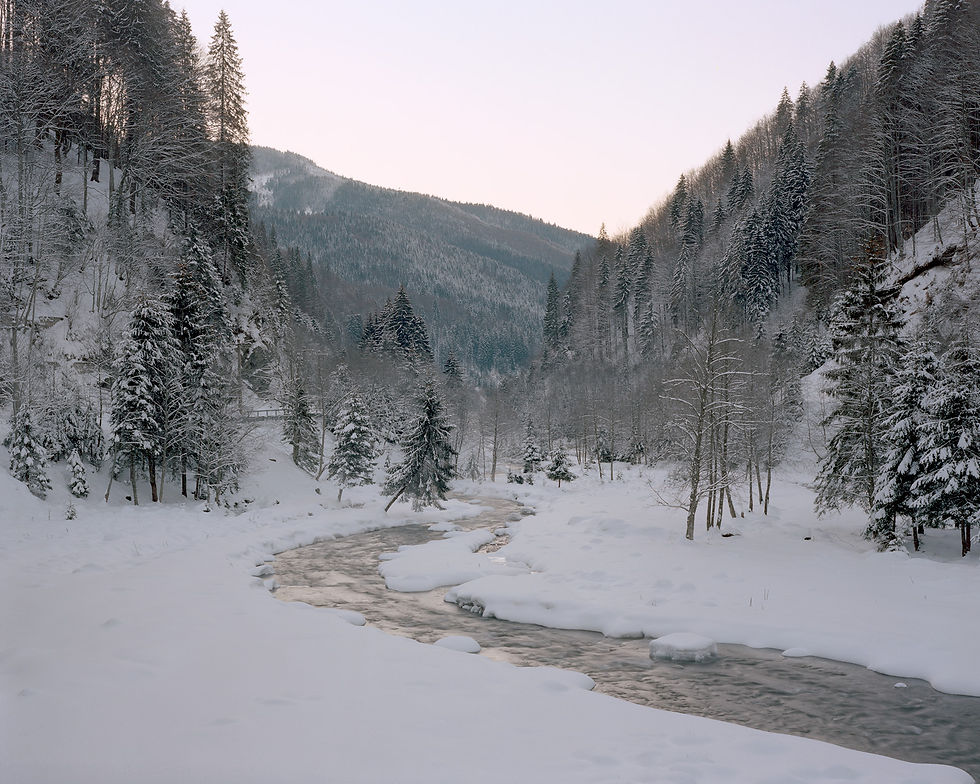
Recent commercial work
His commercial work came off the back of his personal work.
He manages to do commercial on film - Doers of London - modern sports people (had to make a comparison chart as why film would be better) managed to get a film budget and still uses natural light. This project tested him a lot as he had 3 minutes to get the shots.
San Miguel, Evening Standard and Independent - found Nick online via Black Dots - rich in life rather than right in money - rich list
B1X and nikon
He is now know as that farm photographer that can stomp around in wellies. It may sound funny but he has a good reputation which means people are more likely to hear about him.
His time spent shooting football boots also wasn't wasted as he made a load of friends there who can now phone him up for shoots. He Photographed Rio Ferdinand, for his new clothing line.
Picture editors understand that peoples images look a certain way for a reason so will let you shoot film. Large format makes him slow down and appreciate what you are photographing.
75% of his commercial work find him as he has his own style - his work is all over social - he manages himself really well on social media.
He will email and keep in touch with the people that have commissioned him so they don't forget about you he will congratulate them for edits even when he’s not in them.
Nick doesn’t see commercial and fine art work that different. It's not bad to get paid to do what you love. You should have a reason for using the kit you do - even if it is just because you love the equipment.
It is unhealthy in his opinion to view commercial and fine art photography as opposites but a lot of the photography world do it.
He doesn't try and fit into a certain pocket of the industry, he tries to make his work to be versatile
He doesn't try to fit in as he is just doing what he loves. He doesn't mind if his images go up in a gallery and can be stand alone images on someone's wall.
Someone asked how he gets people to look so relaxed when shooting them for the first time, especially when they are not a model. His response was that it is all down to the large format camera. It takes a while to set up a large format and as you are covered by the blanket you can pretend to be sorting stuff out when in reality you are just watching and waiting for them to relax. You can take the image without them even knowing it.

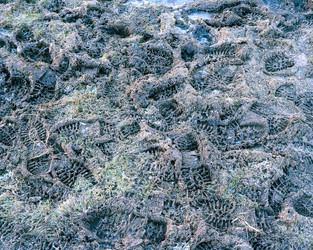


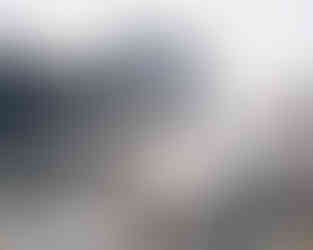



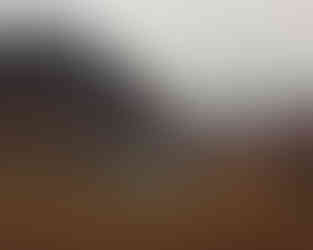

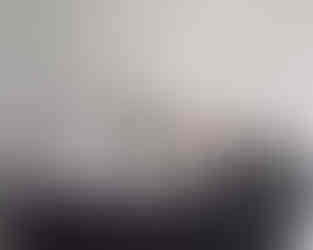









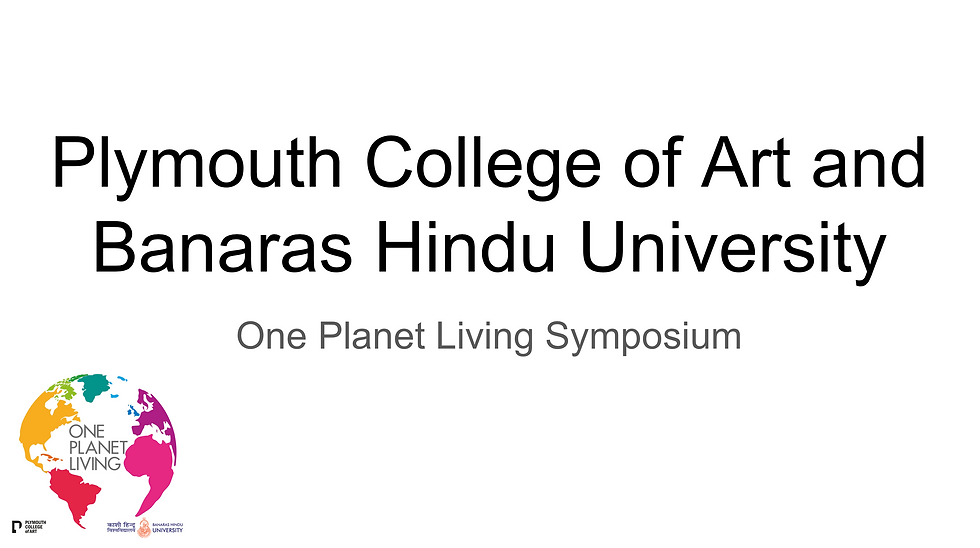
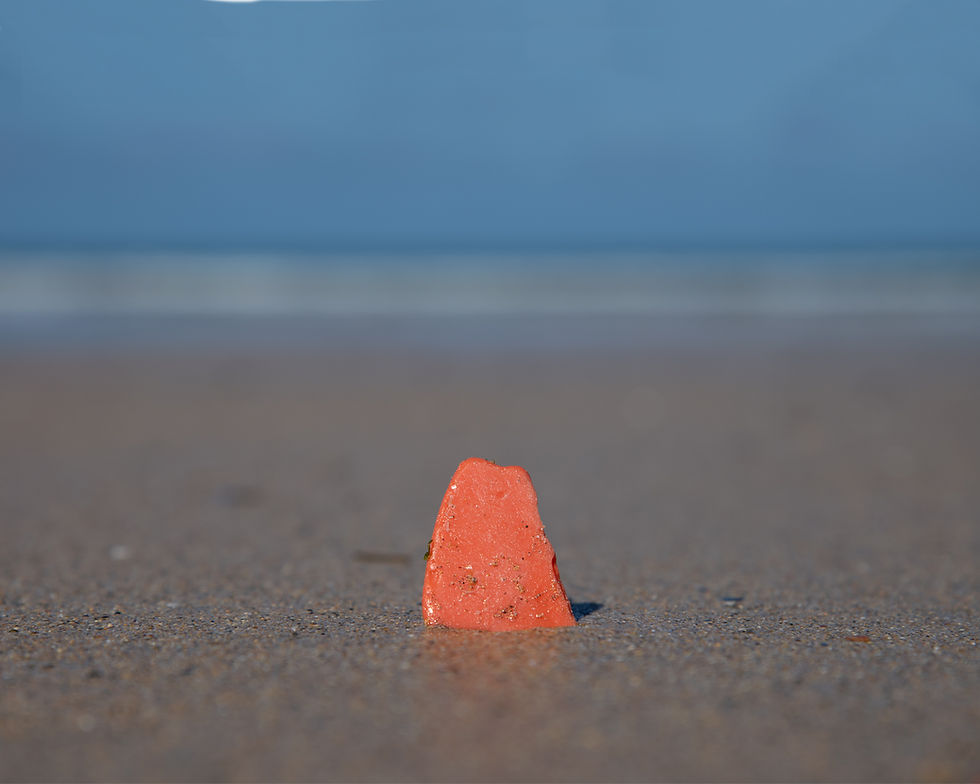
Comments